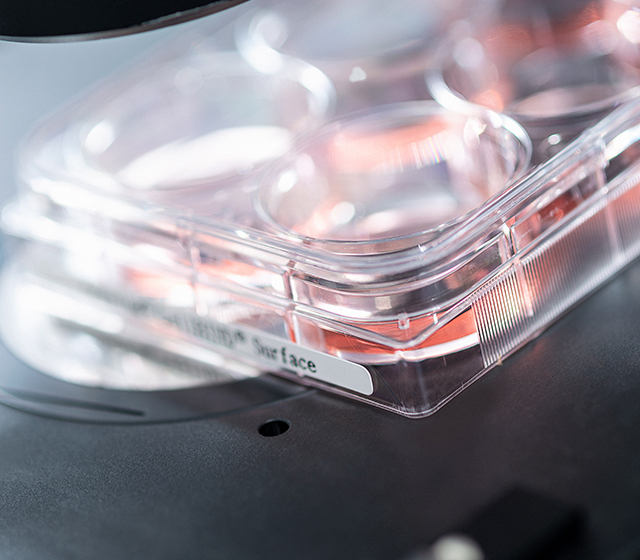Human Immunodeficiency Virus (HIV) Related Peptides
HIV-1 envelope (Env) glycoproteins
The ability of HIV to enter the host cells and cause infection is due to the presence of HIV-1 envelope (Env) glycoproteins encoded in its genome. They are synthesized as the polyprotein precursor, gp160, that is cleaved by cellular proteases to the mature surface glycoprotein gp120 and the transmembrane glycoprotein gp41. They play an essential role in the virus replication cycle. The structural (Env, Pol etc.) and regulatory (TAT, Nef etc.) domains have been the target for the design of peptides that mimic their binding and functional properties.
HIV transactivator protein (TAT)
The TAT peptide (47-57) is the most characterized fragment of the HIV transactivator protein (TAT). This arginine-rich peptide penetrates plasma membrane directly, but not through endocytosis. It is used as a cell-penetrating peptide.
HIV Protease substrates
The peptide sequence GABA-Ser-Gln-Asn-Tyr-Pro-Ile-Val-Gln is derived from the native p17/p24 cleavage site on HIV precursor polyprotein Prgag for HIV-1 protease. Cleavage of HIV precursor polyproteins is essential for the maturation of the infectious virus and hence the protease has become a major target for developing anti-AIDS drugs. This peptide substrate is widely used for the continuous assay for HIV protease activity.
Two FRET-based substrates were derived from this natural processing site of HIV-1 Protease. Incubation of recombinant HIV-1 Protease with the substrates results in specific cleavage at the Tyr-Pro bond and a time-dependent increase in fluorescence intensity that is linearly related to the extent of substrate hydrolysis.
In the HIV Protease FRET Substrate I, the FRET pair is Dabcyl-EDANS (Abs/Em = 340nm/490nm).
The HIV Substrate HiLyte™ Fluor 488 is based on AnaSpec’s proprietary QXL® 520/HiLyte™ Fluor 488 quencher/dye pair. It offers better sensitivity in detection at a higher wavelength with less background interference (Abs/Em = 490 nm/520 nm).
